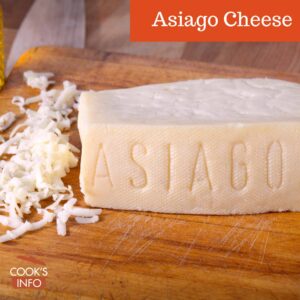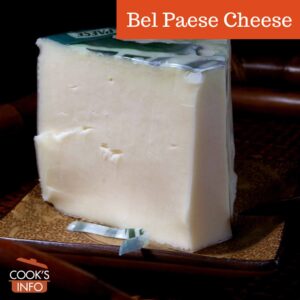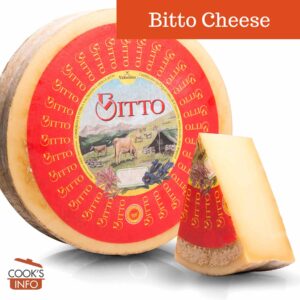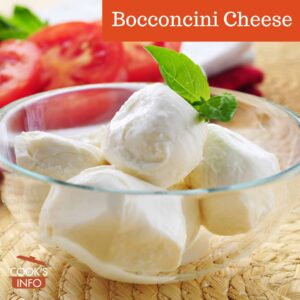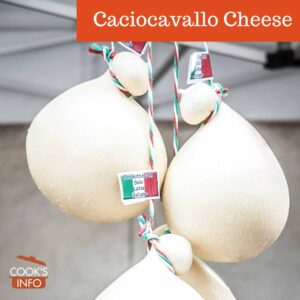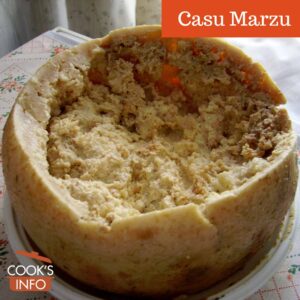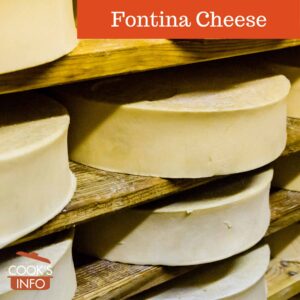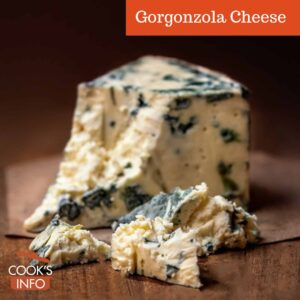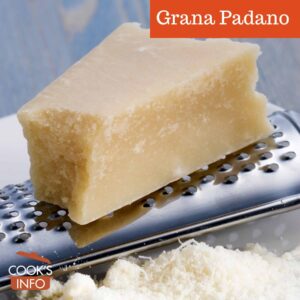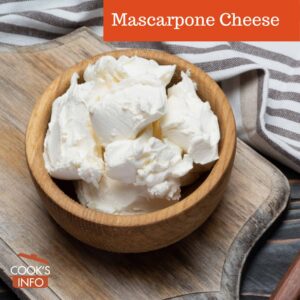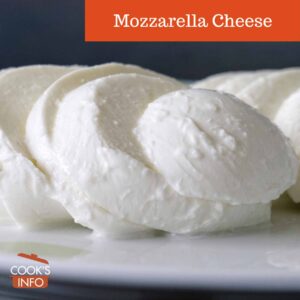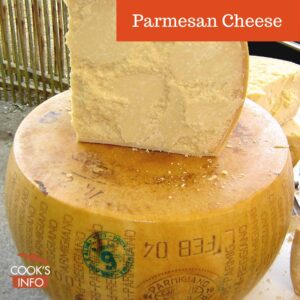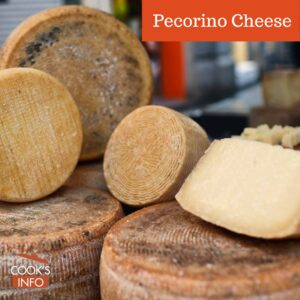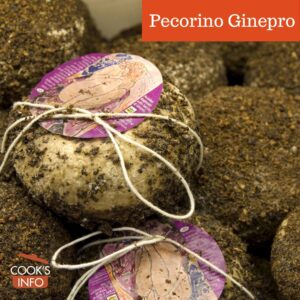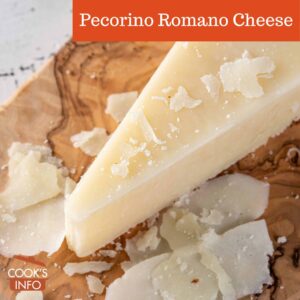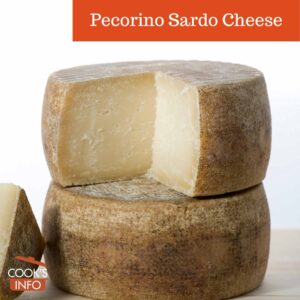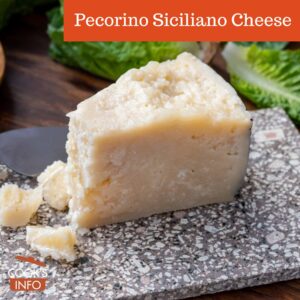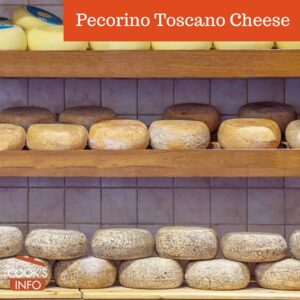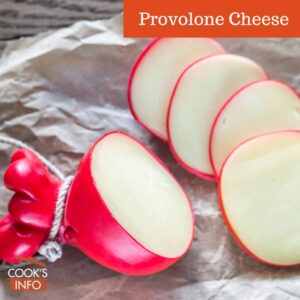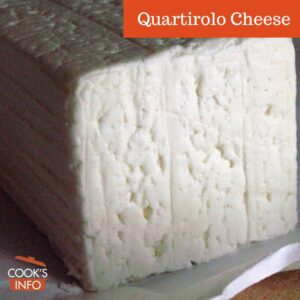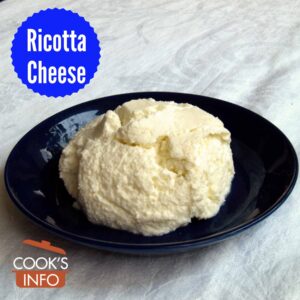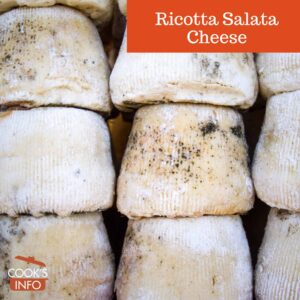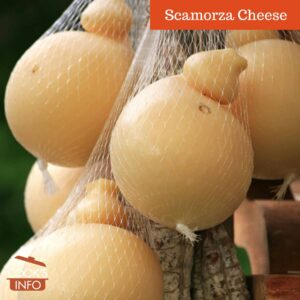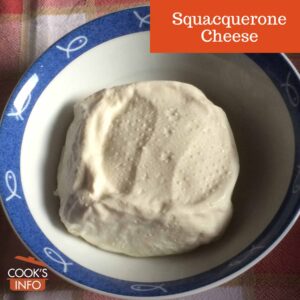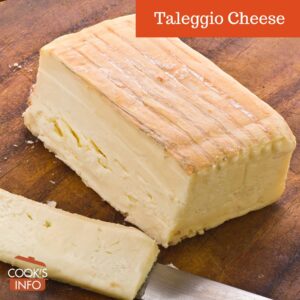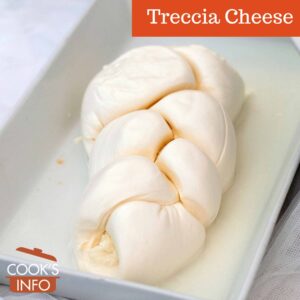
Rustic artisanal Italian cheeses at a market in Rome, Italy. Romaoslo / Getty Images Signature via Canva Pro
Italian Cheeses are a huge part of Italian meals.
There is no formal fixed cheese course in Italian dining, as there is in French dining. In Italian cuisine, a cheese can be served before a meal, after, or more likely during, as an ingredient, topping or garnish to many varied food items, more so than many other cuisines such as French or German. Italians never serve cheese with fish or seafood, though: not for any religious or dietary reasons, just out of preference and tradition.
Their use in cooking makes Italian cheeses perhaps the world’s most popular cheeses, owing to the demand for mozzarella on pizzas and Parmesan on top of pasta, etc. It may also make Italian cheeses the most imitated, with many imitation Italian-style cheeses being made abroad in places such as the U.S. and Canada, Denmark, New Zealand, Wisconsin, and Australia.
The four most popular Italian cheeses for grating as an ingredient or garnish are Asiago, Grana Padano, Parmigiano-Reggiano (Parmesan) & Pecorino, with Parmesan leading the pack.
Italian cheese makers still tend for the most part to use milk from their own areas, contributing to a strong local character to the cheeses. In Northern Italy, they will use milk from goats that have grazed on the vegetation of the more temperate north, and in the south of Italy, the goats will have grazed on the different vegetation in that hotter climate.
The cheeses are mostly coagulated with rennet, though some use vegetable coagulants such as cardoon.
Types of Italian Cheeses
Italian cheeses can be grouped in many different ways including by how you use the cheese, by the region of Italy it is from, whether it is a soft, firm or hard cheese, or, by the type of milk used. The cheeses can also be classified based on how the curd was processed (cooked versus uncooked, pressed versus unpressed), and how long the cheese was aged.
Types of Italian Cheese by Fat Content
Italian cheeses can be classified by fat-content:
- full-fat;
- semi-fat; or
- skim.
Parmesan is a skim-milk cheese; (genuine) mozzarella is a full-fat cheese.
Types of Italian Cheese by Firmness
Firmness refers to the moisture content of the cheese. Hard cheeses will be gratable; soft cheeses will be spreadable or spoonable.
- firm (aka hard) cheeses (formaggio duro, formaggio a pasta dura);
- semi-firm (aka semi-hard) cheeses (formaggio a pasta semidura; formaggio semiduro); or
- soft (formaggio a pasta molle; formaggio morbido).
Categorizing Italian cheeses by milk type
Four types of milk are used in Italian cheeses, depending on the geographic area where those livestock have been traditionally raised.
Cow’s Milk Italian Cheeses
Cow’s milk cheeses are called “vaccini” cheeses, from the Italian word for cow, “vacca“.
Cow’s milk cheeses are typically made in Northern Italy, i.e. regions of Emilia-Romagna, Friuli-Venezia Giulia, Liguria, Lombardy, Piedmont, The Veneto, Trentino-Alto Adige, and Val d’Aosta.
Sheep’s Milk Italian Cheeses
Sheep’s milk cheeses are called “pecorini” cheeses, from the Italian word for sheep, “pecora“, or “latte ovino“, “latte” meaning milk and “ovino” from the Latin word for sheep, “ovinus“.
- In central Italy, sheep’s milk cheeses are made in Abruzzo, Latium, Molise, The Marches, Tuscany, and Umbria;
- In southern Italy, sheep’s milk cheeses are made in Apulia, Basilicata, Calabria, Campania, Sardinia, and Sicily.
Goat’s Milk Italian Cheeses
In Italian, goat’s milk cheeses are called “caprini” cheeses, from the Italian word for goat, “capra” (think of the English zodiac word, “capricorn.”). These cheeses are often a mixture of goat’s and cow’s milk (see also “Mixed Milk” a bit further below.)
These cheeses are made in various regions of Italy from south to north, but in particular Abruzzo, Calabria, Liguria, Molise, Piedmont, and Trentino.
Buffalo Milk Italian Cheeses
Buffalo Milk cheeses are called “bufalini” cheeses, from the Italian word for buffalo, “bufalo“.
In Italy, they are made in Lazio, Campania, and in a small area near Foggia, Puglia.
Mixed Milk Italian Cheeses
Mixed milk cheeses are referred to as “latte misto” cheeses, from the Italian words “latte” meaning “milk” and “misto” meaning mixed.
When this mixture occurs in the production of a cheese, the producer will say: this mixing is not done surreptitiously or randomly. The mixing will be a traditional feature of the cheese in question, not a modern cost-saving measure.
Italian goat’s and sheep’s milk cheeses can be a mixture of those milks with cow’s milk. Some cheeses, such as Robiola valle Belbo, will be a mixture of all three: goat’s milk, sheep’s milk, and cow’s milk.


